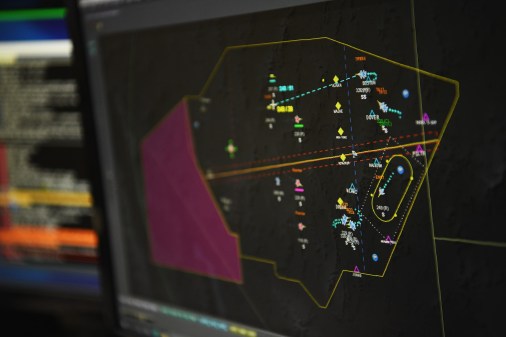Air Force needs more software developers for modernization efforts, acquisition chief says

As the Air Force looks to integrate new capabilities across the service that hinge on modern software, its top weapons buyer said it needs to have more software developers in its workforce as initiatives progress.
“I see a lot of challenges in our software development,” Assistant Secretary of the Air Force for Acquisition, Technology and Logistics Andrew Hunter said Thursday during the McAleese Defense Programs Conference. “That’s a case where it’s not necessarily just a matter of time and we’re suddenly going to find all the software experts that we need to do the sophisticated, very complicated software development we need for some of these really advanced capabilities.”
Speaking to DefenseScoop on the sidelines of the conference after his remarks, Hunter added that he isn’t concerned with the quality of software developers in the Air Force. Rather, he wants to have more workers as some of the key programs under development — including the Sentinel intercontinental ballistic missile, F-35 Joint Strike Fighter Block 4 upgrades and B-21 Raider stealth bomber — move further along in the production cycle.
The concerns are compounded by competition for talent between the commercial sector, Defense Department and defense contractors, he noted.
“We’re ramping up on a number of areas where we have our industry partners out there aggressively trying to ramp their software development capabilities. It’s that pace at which we can ramp that I worry about from competition with the private sector,” Hunter said. “I don’t have any concerns about the quality of the people that we’re getting, it’s just that I want more.”
At the same time, Hunter noted there are inconsistencies across the Air Force as it makes the pivot to embracing modern software development practices. He said the transition needs to include appropriate contracting methods, a highly skilled workforce and the tools needed to use these emerging capabilities.
The process has been difficult thus far. The transition is happening in pockets across the service rather than in a consistent manner, he said.
“It’s uneven, and it’s painful until we get those things aligned and it starts to click and it starts to work,” Hunter said. “We’ve made a lot of progress, but it’s not yet fully aligned to modern software development across the entire span of the activity.”





